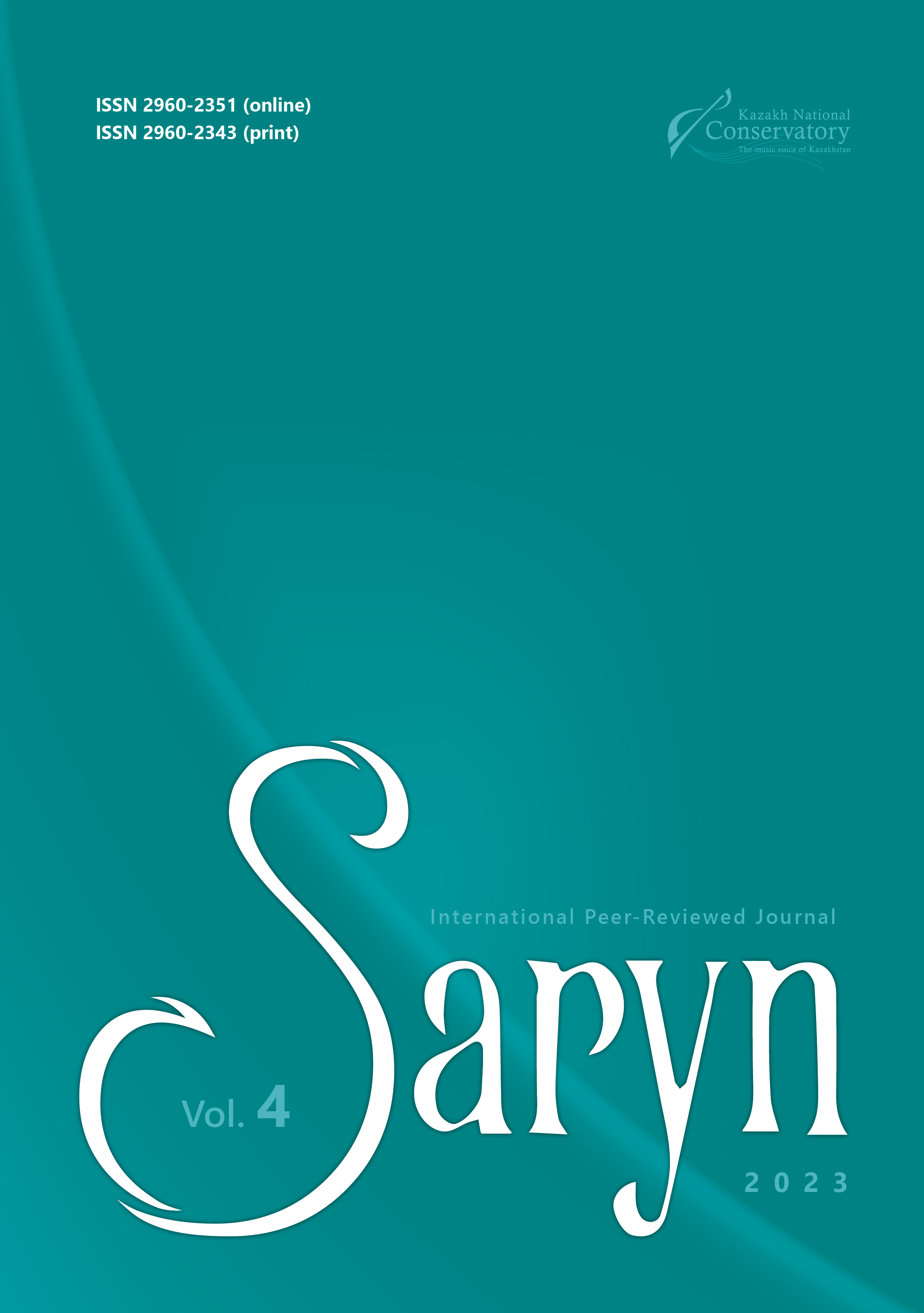Article information
Article publication date
2023-12-01
Article Page
17–33
Chapter
Arts & Humanities
License
Abstract
The makers of hammered dulcimers in the Appenzell (Switzerland) and Salzburg (Austria) regions are considered artisans of their very specialized craft. A trapezoidal wooden case with a bridge, the instrument is beautified with ornaments and symbols of religious and popular belief. Its sound is produced by a process mediated through several materials: the player uses small hammers struck by hand on several strings, the vibration of which is transmitted to a resonating body.
In contrast, historically, the hammered dulcimer had strikingly negative associations: It was ‘devalued to a dance instrument’; ‘disgusting because of the great noise of sounds’; it ‘should be nailed to the houses of ill repute’ and ‘[he] who [...] is in the habit of playing on the dulcimer, may be a regular thief and robber’. Such rebukes – some of which notably addressed directly to the object, not to the players – contrast with contemporary perception and raise questions about relationships between the material object, its properties, and their relationship to perception.
Through the detailed inspection of historical and contemporary specimens and their stories, we trace the transformation from the once shunned object to the artisanal work and carrier of cultural heritage. Dulcimers as ‘sensual objects’ (Harman) that transformed themselves and together with their associates: players, makers, and the sound environment. We trace the different allusions around the hammered dulcimer as objects to the crafting material, the stories from makers, and the artistic and symbolic emanation of the ornamentation. This further demands a critical reflection on the status of the craft and the material objects that exist to this day without digital technologies and in nondigital spaces.
Keywords
Dulcimer
instrument making
Alpine region
ornamentation
Music of Switzerland
References
Alperson, P. The Instrumentality of Music // The Journal of Aesthetics and Art Criticism. – 66.1. – 2008. – PP. 37–51.
Baines, A. Organology and European Folk Music Instruments // Journal of the International Folk Music Council. – 12. – 1960. – PP. 10–13.
Bovermann, T.; de Campo, A.; Egermann, H.; Hardjowirogo, S.; Weinzierl, S. Musical instruments in the 21st century. – Singapore: Springer, 2017. – 703 p.
Cance, C. From Musical Instruments as Ontological Entities to Instrumental Quality: A Linguistic Exploration of Musical Instrumentality in the Digital Era // Bovermann, Till; de Campo, Alberto; Egermann, Hauke; Hardjowirogo, Sarah-Indriyati; Weinzierl, Stefan. Musical instruments in the 21st century. – Singapore: Springer, 2017. – PP. 25–43.
Clayton, M.; Herbert, T.; Middleton, R. The Cultural Study of Music. A Critical Introduction. – New York and London: Routledge, 2003. – 480 p.
Dawe, K. The Cultural Study of Musical Instruments // The Cultural Study of Music. – Routledge, 2012. – PP. 195–205.
De Oliveira Pinto, T. Music as Living Heritage: An Essay on Intangible Culture. – Berlin: Edition EMVAS, 2018. – 212 p.
Dow, H. The Rose Window // Journal of the Warburg and Courtauld Institutes. – Jul.–Dec. 1957. – Vol. 20, No. 3/4. – PP. 248–297.
Elschek, O. Mensch – Musik – Instrument. Funktionelle Schichtung der Primärformen [orig. German: Man – Music – Instrument. Functional Stratification of Primary Forms]//Musik als Gestalt und Erlebnis. Festschrift Walter Graf zum 65. Geburtstag. – Wien: Böhlau, 1970.
Engeler, M. Private archive // volksmusik.ch - Privatarchiv Engeler Margaret (stoneycloud.com) [webpage]. URL: https://zem-emp-040.os.stoney-cloud.com/eMP/eMuseumPlus
Engeler, M. Das Beziehungsfeld zwischen Volksmusik, Volksmusiker und Volksmusikpflege, am Beispiel der Appenzeller Streichmusik. [orig. German: Appenzeller String Music: The Relationship between Folk Music, Folk Musicians and Folk Music Cultivation, Using the Example of Appenzeller String Music]. – Herisau and Trogen: Schläpfer & Co., 1984. – 206 p.
Geiser, B. Das Hackbrett in der Schweiz [orig. German: The dulcimer in Switzerland] // van der Meer, Henry. Das Hackbrett: ein alpenländisches Musikinstrument. – Herisau/ Trogen: Verlag Schläpfer & Co, 1975. – PP. 24–63.
Gifford, P. The Hammered Dulcimer: A History. – Lanham, Maryland and London: The Scarecrow Press, 2001. – 480 p. Hardjowirogo, S. Instrumentality. On the Construction of Instrumental Identity // Bovermann, Till, Alberto de Campo, Hauke Egermann, Sarah-Indriyati Hardjowirogo, and Stefan Weinzierl. Musical instruments in the 21st century. – Singapore: Springer, 2017. – PP. 9–24.
Harman, G. The Quadruple Object. – Zero Books, 2011. – 148 p.
Harman, G. Object-Oriented Ontology: A New theory of Everything. – Penguin UK, 2018. – 304 p.
In der Gand, H. Volkstümliche Musikinstrumente der Schweiz: ein Beitrag zu ihrer Kenntnis [orig. German: Folk Musical Instruments of Switzerland: A Contribution to Their Knowledge] // Schweizerisches Archiv für Volkskunde. – 36 (1937–1938). – PP. 73–120.
Manser, J. Appenzellische Volksmusik [orig. German: Appenzell Folk Music]. – Herisau: Appenzeller Verlag, 2010. – 163 p. Peterson, D. Hammered Dulcimer // Thomas D. Rossing: The Science of String Instrument. – New York: Springer, 2010. – PP. 371–392.
Rizetta, S. Making a Hammer Dulcimer. Smithsonian Institution, 1997 : [webpage]. URL: https://www.si.edu/spotlight/hammered-dulcimer/hdmake Ross, W. D. (translator). Aristotle: Nicomachean Ethics. Focus Publishing. – R. Pullins Company, 2002. – 176 p.
Stockmann, E. Zur Methode und Theorie der Erforschung von Volksmusikinstrumenten [orig. German: On the Method and Theory of Researching Folk Musical Instruments]. – Institute for Music Research Würzburg, 2010. [digital document]. URL: https://www.musikwissenschaft.uni-wuerzburg.de/fileadmin/04070000/Instrumentensammlung/ Materialien_Instrumente/Stockmann_VMInstrumente.pdf.
Stockmann, E. Towards a History of European Folk Music Instruments // Studia Musicologica Academiae Scientiarum Hungaricae. – 1965. – Vol. 7, Fasc. 1/4. – PP. 155–164. [digital version URL: https://www.jstor.org/stable/901422].
van der Meer, H. Das Hackbrett: ein alpenländisches Musikinstrument [orig. German: The Dulcimer: An Alpine Musical Instrument]. – Herisau/Trogen: Verlag Schläpfer & Co, 1975. – 72 p.
von Hornbostel, E. M. The Ethnology of African Sound-Instruments // C. Sachs (Ed.), Comments on ‘Geist und Werden der Musikinstrumente’. – 1933. – Africa, 6(2). – PP. 129–157.
Wey, Y. Stenographic Music Notation as a Musical Memory Aid among Dulcimer Players in Switzerland’s Alpine Region // Journal of Music Research Online. – 13(2023). – PP. 1–17.





